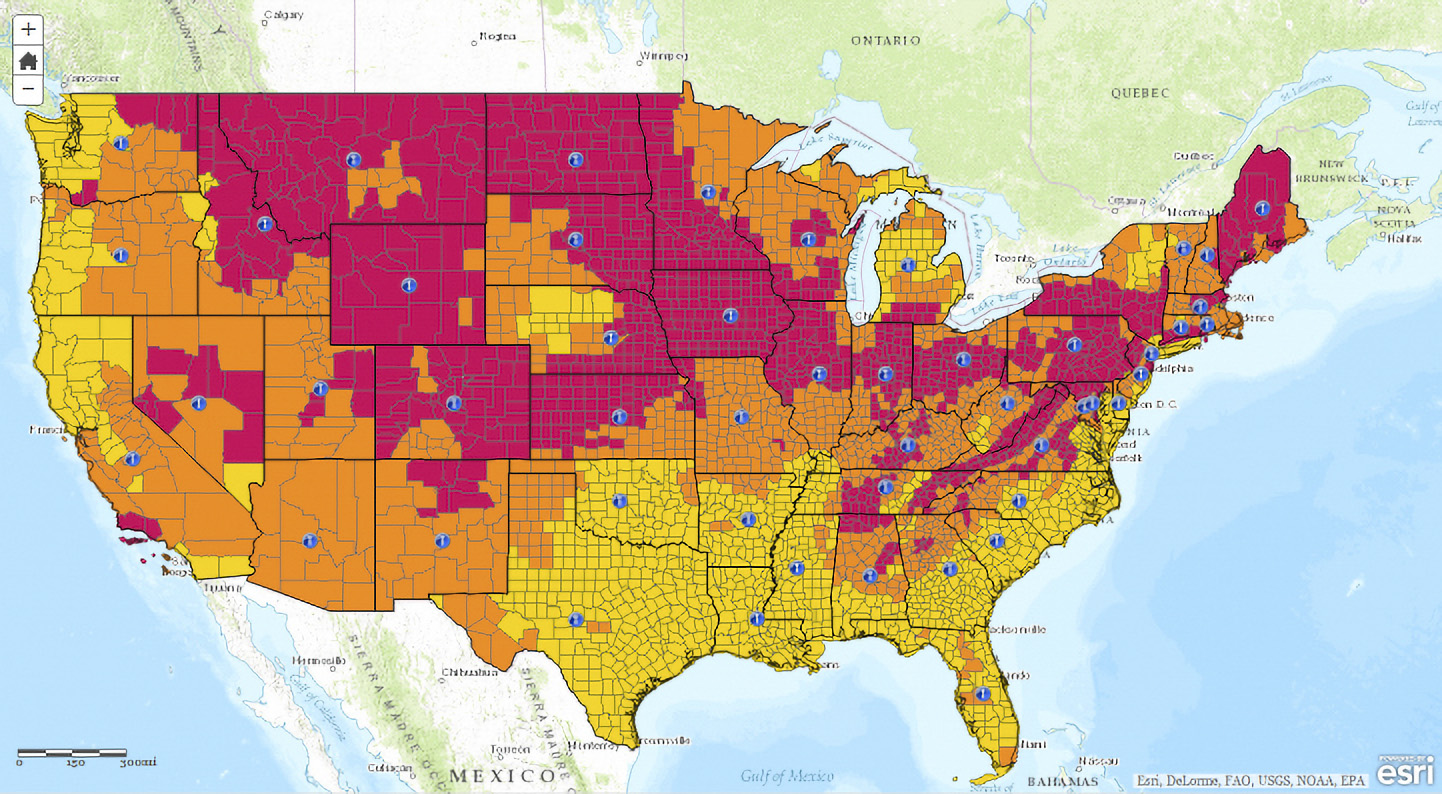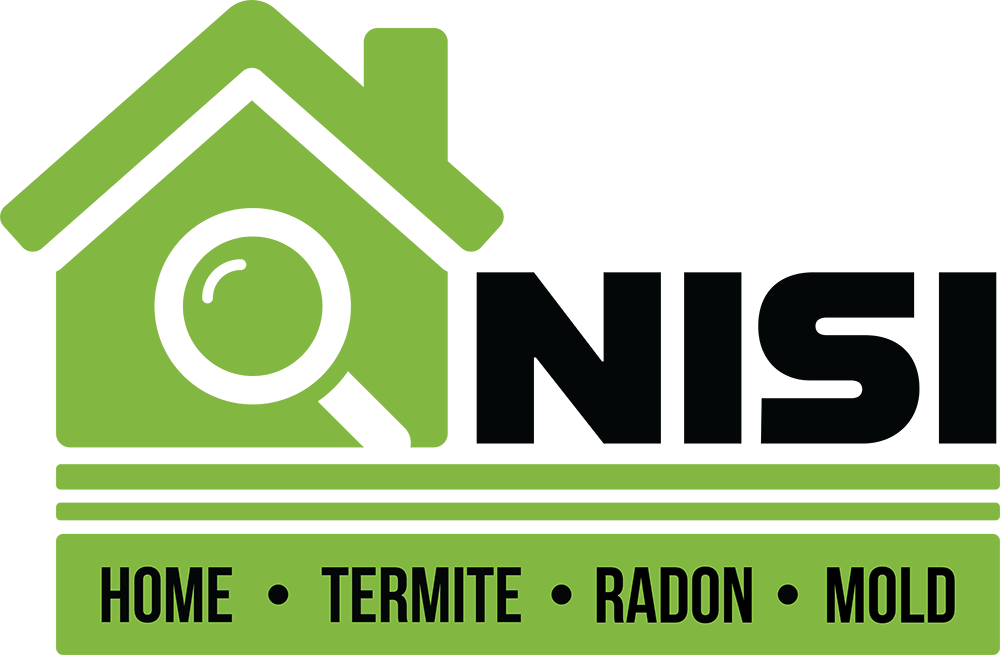Radon Testing in central & southern Indiana
Radon is a cancer-causing, radioactive gas.
Radon is a naturally occurring radioactive gas released in rock, soil, and water from the natural decay of uranium. While levels in outdoor air pose a relatively low threat to human health, radon can accumulate to dangerous levels inside buildings. You can’t see, smell, or taste it, but an elevated radon level in your home may be affecting the health of your family.
Exposure to radon is the second leading cause of lung cancer in the United States and the number one cause among non-smokers. The U.S. Environmental Protection Agency estimates the radon causes more than 20,000 lung cancer deaths in the country each year. Only smoking causes more lung cancer deaths. If you smoke and your home has radon, your risk of lung cancer can be higher.

Radon is found all over the United States.
Radon has been found in elevated levels in homes in every state. No area of the country is free from risk. Indeed, two homes right next to each other can have vastly different radon levels. Just because your neighbor’s house does not have an elevated level of radon does not mean that your house will have a low radon level. The only way to know if your home is under the EPA action level of 4pCi/L is to test.
High levels of radon in homes usually come from surrounding soil. Radon gas enters through cracks and openings – such as sump pump lids and plumbing features – on the lower levels of your home. Hot spots include basements, first-floor rooms, and garages, but radon can be found anywhere in your house.
You should test for radon.
The U.S. Surgeon General recommends that all homes in the U.S. be tested for radon. Testing your house for radon is easy to do. If your house has a radon problem, you can take steps to fix it to protect yourself and your family.
National Inspection Service Of Indiana can test your home for radon. We will place a radon detector in the home for 48 hours. The monitor will take a reading every hour. We will then pick the detector up and compile your report from the readings. It is as easy as picking up the phone and calling us today.
You can fix a radon problem.
The cost of making repairs to reduce the radon level depends on several factors, including how your home was built. Most homes can be fixed for about the same cost as other common home repairs, like painting or having a new hot water heater installed. Look in your local phone book or call your state radon office to locate radon mitigators in your area if you find an elevated radon level in your home.

